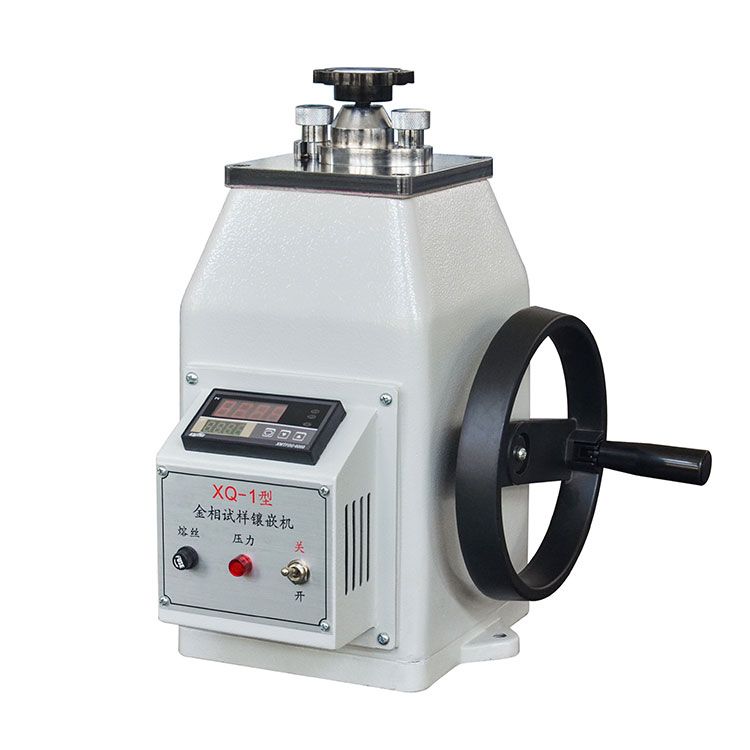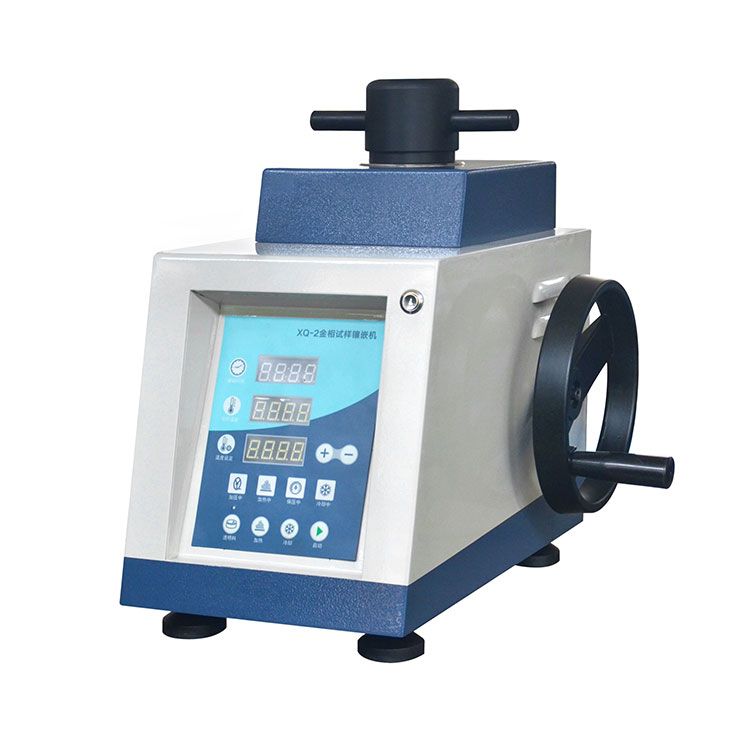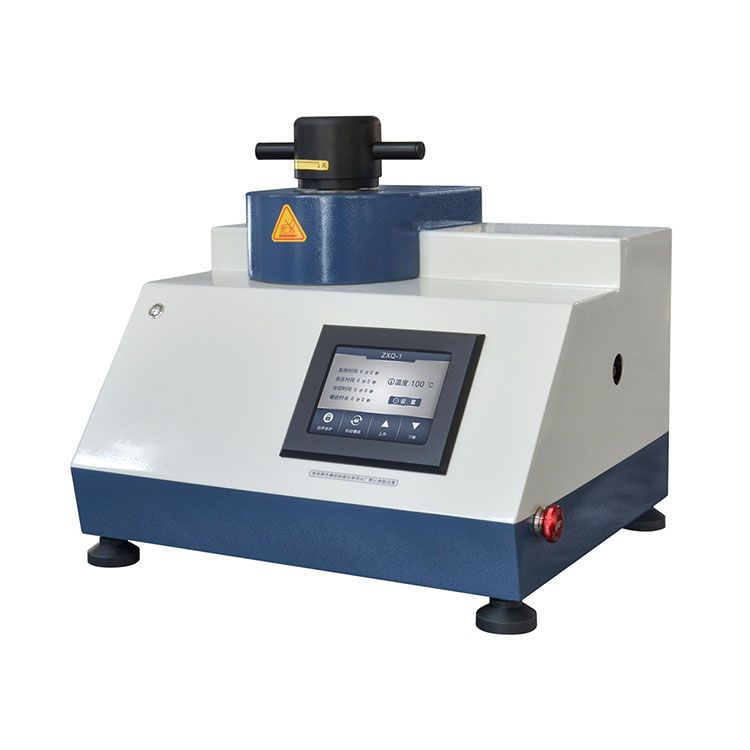In the field of materials science, the ability to see deep into the heart of a metal is critical for understanding its properties and behavior. Metallography, the discipline that studies the microstructure of metals and alloys, reveals this hidden world. However, before these secrets are revealed under the powerful gaze of a microscope, the metal samples must be meticulously prepared. The metallurgical sample mounting press is where the unsung hero of metallography comes into play. This seemingly simple piece of equipment is essential in transforming a rough, irregular piece of metal into a specimen suitable for microscopic examination.
The mounting press protects the sample from damage, makes it easier to handle, and creates a flat surface for polishing – all of which are necessary steps for producing high-quality micrographs. This article delves into the world of metallurgical sample mounting presses, discussing their function, the various materials they can handle, and the critical safety precautions that must be taken to ensure their safe operation. By providing you with this information, we hope to empower you to navigate the fascinating world of metallography and discover the secrets hidden within even the most ordinary-looking piece of metal.
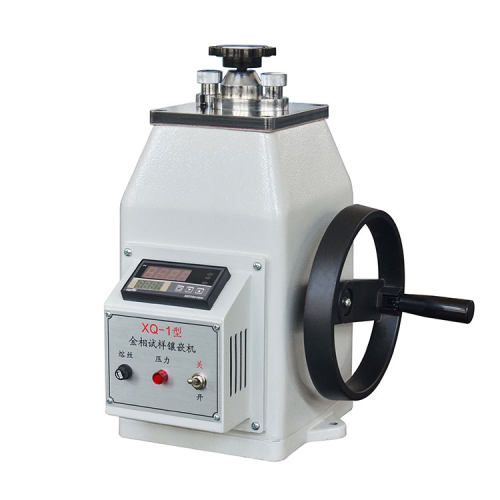
What Is a Metallurgical Sample Mounting Press Used for?
A metallurgical sample mounting press, you might call it a metallographic specimen mounting press or metallurgical mounting press is an important piece of equipment in the field of metallography, which studies the microstructure of metals and alloys. It is a mounting press for metallographic samples. But what does it do? Here’s a detailed explanation of its function:
The Role of Mounting:
Metallographic analysis frequently involves inspecting small, irregularly shaped, or fragile metal pieces. These properties can make them difficult to handle and vulnerable to damage during the preparation process for microscopic examination. Here’s where mounting comes in. Mounting involves embedding the metal sample in a solid, supportive material. This serves several important purposes:
- Protection: The mounting material surrounds and protects the sample, preventing damage to edges, surfaces, or delicate features during the grinding, polishing, and etching processes required for microscopic observation.
- Handling: Mounting forms a uniform, easy-to-grip disc or cylinder, making the sample much easier and safer to handle during the preparation process.
- Flat Surface: The mounting material creates a flat surface for grinding and polishing, resulting in a smooth and even finish for optimal microscopic examination.
The Mounting Press in Action:
The mounting press itself applies heat and pressure to achieve the embedding process. Here’s a closer look:
- Mold Selection: The desired final shape and size of the mounted sample determine the choice of a mold, which is typically made of a heat-resistant material such as steel or ceramic.
- Sample Placement: The metal sample is carefully inserted into the desired mold cavity.
- Resin Selection: A mounting resin, usually a thermosetting plastic, is poured into the mold cavity surrounding the sample. This resin is available in a variety of formulations, depending on the material being mounted and the desired properties of the finished mount.
- Heating and Pressing: The press then applies heat and pressure to the mold. Heat softens the resin, allowing it to flow around the sample and fill any gaps that may exist. The pressure ensures proper contact between the sample and the resin, resulting in a strong and secure mount.
- Cooling: Once the curing time is up, the press uses cooling to solidify the resin and permanently embed the sample.
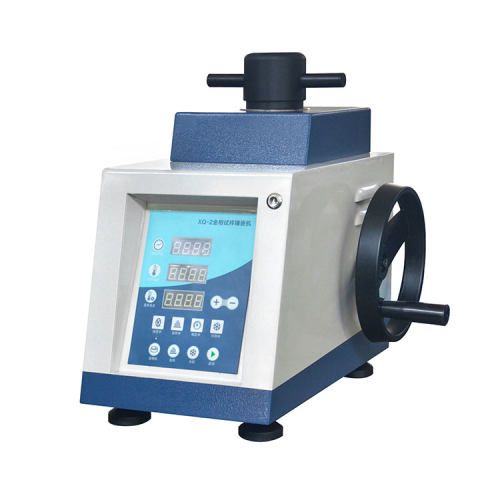
What Types of Materials Can Be Mounted Using a Metallurgical Press?
| Material Type | Examples | Mounting Considerations |
| Metals | Steel, aluminum, copper, brass, titanium, and alloys. | Most metals can be mounted with a metallurgical press. However, the specific mounting parameters (temperature, pressure, and curing time) can differ depending on the metal type and microstructure. |
| Ceramics | Oxides, nitrides, carbides | Ceramics are typically more brittle than metals, necessitating careful handling during mounting to avoid cracking. Hot mounting is frequently preferred for ceramics because of its ability to form a strong bond between the sample and the resin. |
| Composites | Polymer matrix composites, ceramic matrix composites, metal matrix composites. | Composites can be more difficult to mount because of their heterogeneous nature and the possibility of interfacial debonding during preparation. The mounting resin and mounting parameters must be carefully selected to ensure proper adhesion and microstructure preservation. |
| Biological Materials | Bone, teeth, and plant tissues | Biological materials are often soft and delicate, necessitating specialized mounting techniques to avoid damage. Cold mounting is frequently preferred for biological samples because of its lower temperature requirements. |
| Electronic Materials | Semiconductors are integrated circuits. | Electronic materials can be heat-sensitive, necessitating special mounting procedures to prevent damage. These materials can be mounted using cold or low-temperature hot methods. |
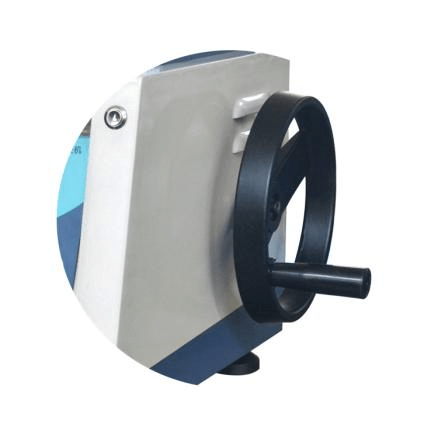
What Safety Precautions Should Be Taken When Using a Mounting Press?
Safety is paramount when working with any laboratory equipment, and a metallurgical mounting press is no exception. Here are some key safety precautions to take when using a mounting press:
Personal Protective Equipment (PPE):
- Eye protection: Wear safety glasses or a full-face shield to protect your eyes from flying debris or hot resin spatters while filling or pressing molds.
- Hand protection: When handling hot molds or samples that have been pressed, wear heat-resistant gloves.
- Respiratory protection: Wear a properly fitted respirator if you’re working with materials that produce dust or fumes during grinding or polishing (which is often done before mounting).
General Precautions:
- Read the manual: Before using the press, read and understand the manufacturer’s instructions and safety guidelines.
- Training: Ensure that you are properly trained in the safe operation of the press, including emergency procedures.
- Inspections: Regularly inspect the press for signs of damage or malfunction. Report any issues to a supervisor or qualified technician right away.
- Maintain a clean workspace: Keep the work area around the press clean and clutter-free to avoid tripping hazards or contamination.
- Beware of hot surfaces: While in operation, the press and mold can become extremely hot. When handling these components, exercise caution and allow them to cool before touching.
- Proper ventilation: Ensure that the work area has adequate ventilation to remove dust, fumes, and heat generated during the mounting process.
Specific Precautions for Different Materials:
- Flammable materials: Be cautious when working with flammable resins or solvents. Keep flammable materials away from heat and open flames. Keep a fire extinguisher handy in case of an emergency.
- Reactive materials: When mounting materials that may react with the mounting resin, consult safety data sheets (SDS) to ensure proper handling procedures.
Additional Tips:
- Never leave the press unattended while it is operating.
- Use the correct mold size for your sample. Overfilling the mold can cause spills and potential burns.
- Dispose of waste materials properly. Follow the established procedures for disposing of used mounting resin, mold release agents, and other waste materials produced during the mounting process.
When using a metallurgical mounting press, take the following precautions to reduce the risk of injury and create a safe working environment. Remember that safety should always be the top priority in any laboratory setting.
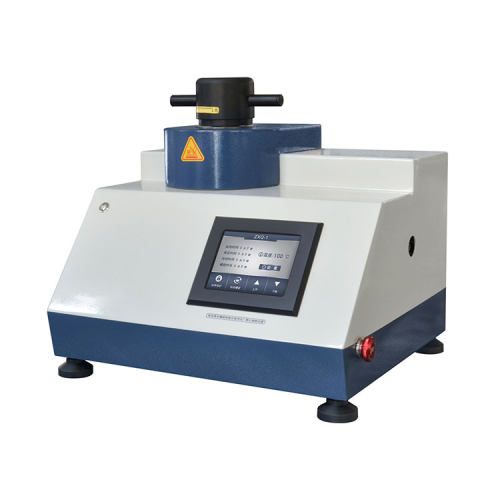
Conclusion
Although the metallurgical sample mounting press appears to be a simple tool, its importance in metallography cannot be overstated. By providing a secure and well-prepared sample, detailed microscopic analysis is made possible, ultimately leading to a better understanding of the structure, properties, and behavior of metals and alloys. However, the full potential of the mounting press is only realized when combined with safe and effective practices. By following the safety precautions outlined in this article, you can create a safe work environment and protect yourself from potential hazards.
Scopelab is a professional lab instrument supplier. We can support you in completing your studies in the field of metallography, the science of studying the microstructure of metals and alloys. Because we offer not only metallurgical sample mounting presses but also other tools such as metallurgical sample cutting machines.
